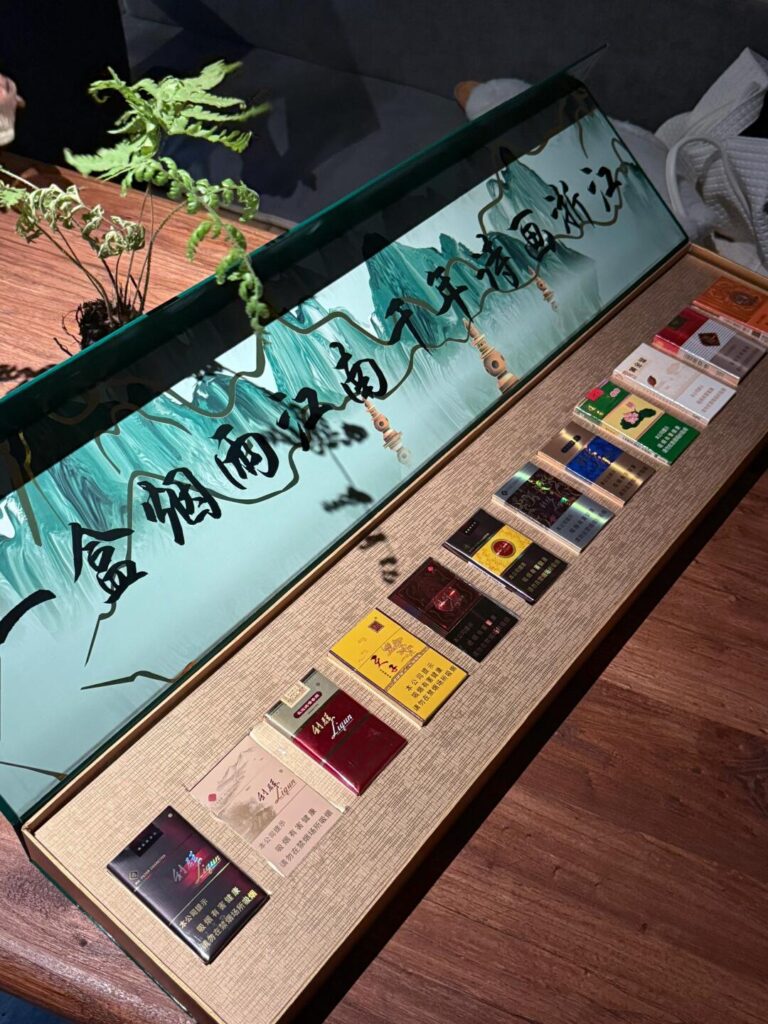Blog
These interesting names for tobacco are definitely worth knowing!

Tobacco was introduced to China
several hundred years ago,
and its name has undergone many changes over time.
What we now call “tobacco,” “cigarettes,” and “cigarettes,”
what did the ancients call them?
Thoughtful Grass
According to the Qing Dynasty’s “Food Records”:
It is used as a substitute for wine and tea,
and is indispensable, hence the name “Thoughtful Grass.”
According to Records of Liquids:
Love Grass is tobacco.
Once one becomes addicted to its fragrance,
they cannot part with it, hence the name.
Forget-Worry Grass
The Qing Dynasty’s Garden Journal records:
It is said that when the queen of Goryeo died,
the king wept bitterly. In a dream, the queen told him:
A plant grows on the grave, called tobacco,
Harvest it, dry it, burn it with fire,
And inhale its smoke to alleviate sorrow.
It is a type of forget-me-not.
Resurrection Grass
According to the “Classification of Liquids”:
It is said that a princess of the Ba Kingdom died,
Her body was abandoned in the wilderness, but she suddenly revived upon smelling the fragrance of the grass,
It was recognized as tobacco,
Thus it is also called Resurrection Grass.
Damba Gu
This term is a phonetic translation,
first appearing in Fang Yizhi’s “Physical Observations”:
Damba Gu,
its root resembles spring evergreen but its leaves are larger than tea leaves,
dried and stir-fried with alcohol is called “golden thread tobacco,”
northerners call it “Damba Gu” or “Danbu gui.”
Dama Bugu
This name originates from the Qing Dynasty
and reflects the ethnic minority culture.
The Qing Wen Jian: Gu Cai Lei states:
Dama Bugu has large leaves,
which are either cut or crushed and stored in a bag, then burned and inhaled.
The “Talking about Books Record” states:
According to what I have heard,
they are called Damu Bagu, Dagu, Xun, Jin Si Xun, Fang Cao… collectively known as “smoke.”
Jin Si Xun
After being rolled and baked, the tobacco leaves turn golden yellow,
sliced into threads and rolled into cigarettes, which emit a fragrant aroma when burned.
The name “Jin Si Xun” is straightforward.
Li E, a Qing Dynasty literary figure, wrote in “Fan Xie Ji”:
Tobacco is not mentioned in the “Shennong Jing,” originating in the late Ming Dynasty,
introduced from Fujian to the mainland, and named accordingly.
In 1737, Wang Shihan’s book “Jinsisi Lu”
also serves as evidence for this name.
Gai Lu, Zui Xian Tao
In the Qing Dynasty, Chu Fengchun and Gu Lu edited
The Record of Tobacco, which quotes The Small Essays on Farming Leisure:
The top three leaves of tobacco are called Gai Lu,
extremely green and fragrant, commonly known as Zui Xian Tao,
also called Sai Long Yan, Dan Bu Gui, Hu Jiao Zi,
La She, and Hei Yu Tu, all referring to the same plant.
Tobacco has a long history and rich cultural heritage, making it an excellent gift. Wouldn’t it be more thoughtful to print your own logo and blessings on it?

